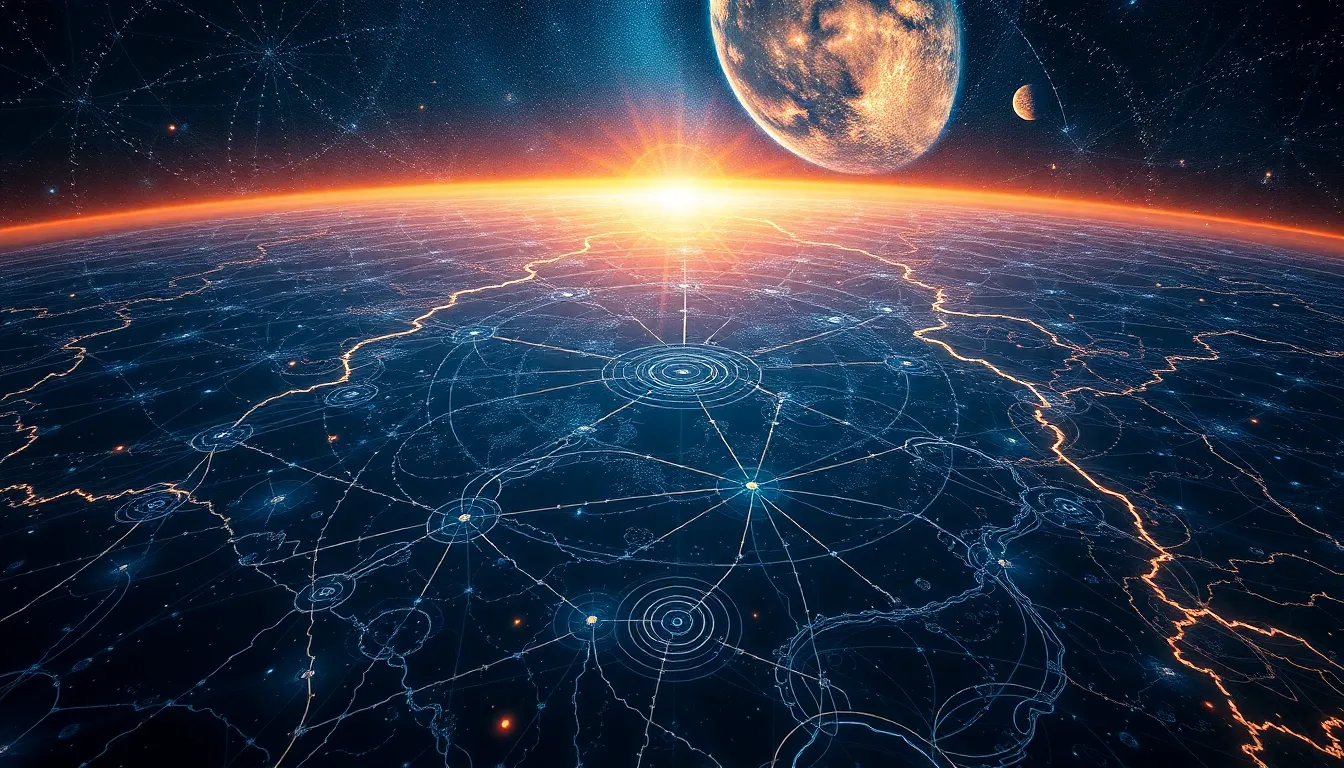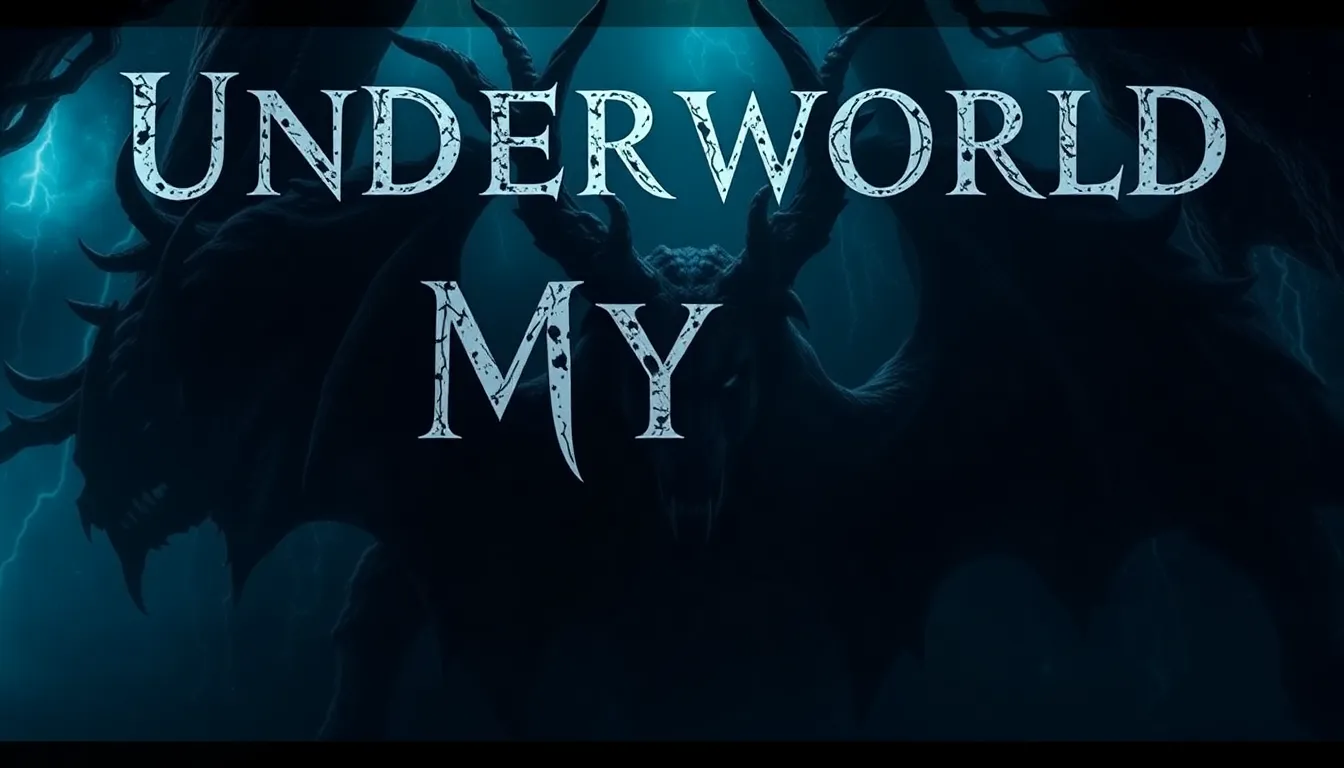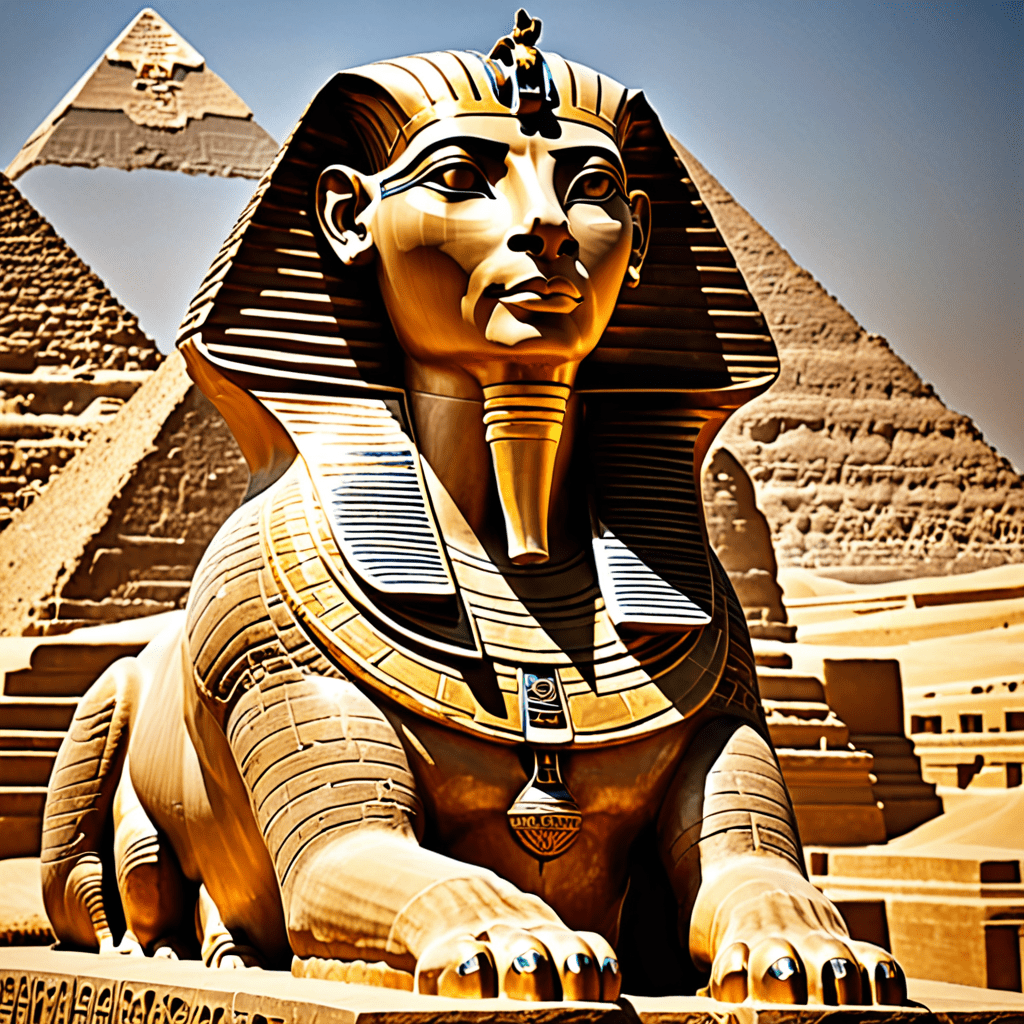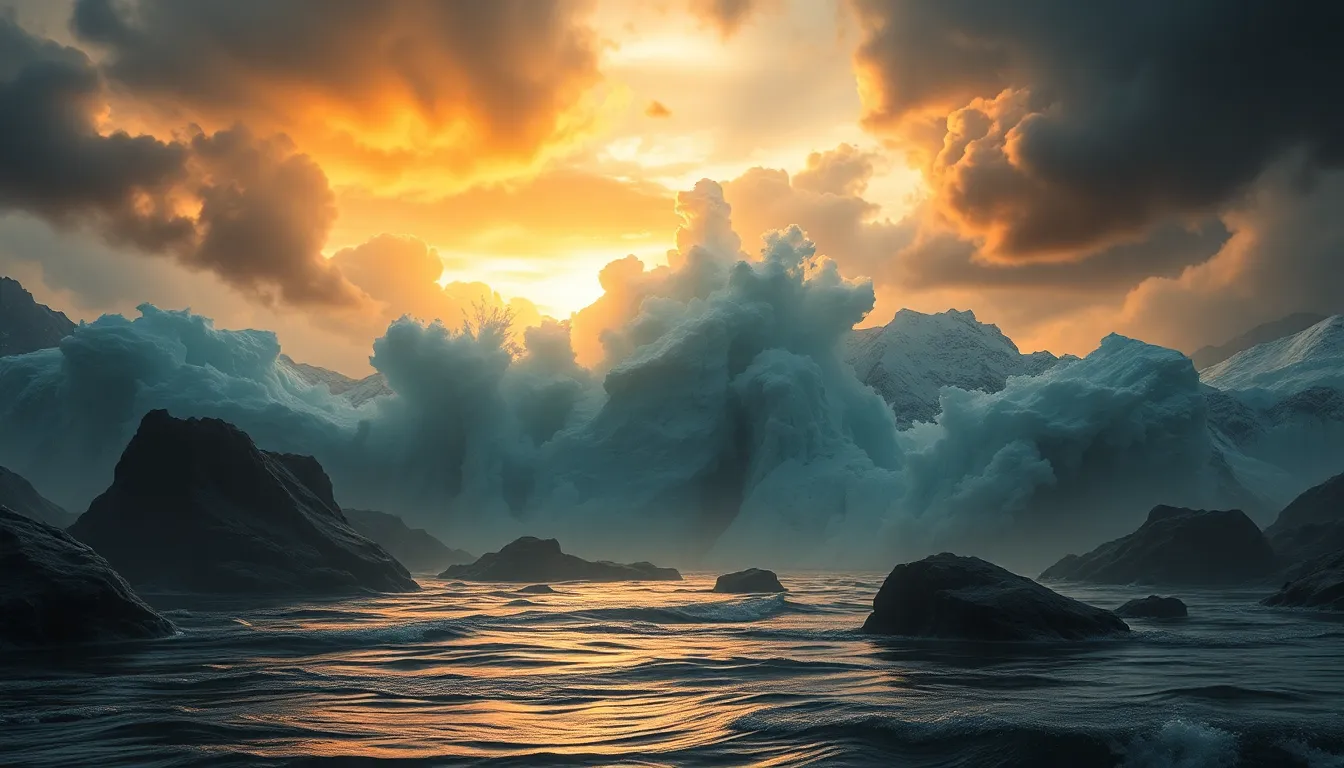The Cosmic Blueprint: Creation Myths That Define Existence
I. Introduction to Creation Myths
Creation myths are foundational narratives that seek to explain how the universe and humanity came into being. They are significant not only for their mythological content but also for their impact on cultural identity, social norms, and philosophical inquiry. These stories serve as lenses through which societies interpret their existence and the world around them.
Across different cultures, creation myths fulfill essential roles, such as providing a sense of belonging, understanding one’s place in the cosmos, and addressing existential questions about life and death. Exploring these myths allows us to uncover the shared themes and diverse interpretations that shape human experience.
II. The Role of Creation Myths in Human History
Creation myths have existed since the dawn of civilization, offering insights into the beliefs and values of various cultures. In historical contexts, these narratives have influenced:
- Social Structures: Creation myths often establish hierarchies and social order, influencing governance and law.
- Worldview: They shape how societies view nature, humanity, and the divine, impacting interactions with the environment.
Moreover, creation myths serve as reflections of human psychology, addressing existential questions such as the nature of life, death, and the afterlife. They can help individuals and communities find meaning and purpose in their existence.
III. Comparative Analysis of Global Creation Myths
A comparative study of creation myths reveals both unique narratives and shared themes across cultures. Some notable creation myths include:
- The Genesis Creation Narrative: Found in the Judeo-Christian tradition, it describes God creating the world in six days.
- The Enuma Elish: A Babylonian myth that narrates the rise of the god Marduk and the creation of the world from chaos.
- The Popol Vuh: The Mayan creation story that describes the gods’ attempts to create humankind.
While these narratives differ in specifics, central themes often emerge, such as the struggle between order and chaos, the importance of sacrifice, and the role of divine beings in creation. The geographic and environmental contexts in which these myths arise also significantly shape their narratives, influencing how societies relate to their surroundings.
IV. Indigenous and Oral Traditions: Creation Myths from Around the World
Oral traditions play a crucial role in preserving creation myths, especially within Indigenous cultures. These stories are passed down through generations, often adapted to reflect contemporary realities while retaining their historical significance.
Case studies of creation myths from Indigenous cultures include:
- Native American Creation Myths: Many Native American tribes have unique creation stories, such as the Iroquois narrative of Sky Woman who falls from the sky and creates Earth.
- Aboriginal Australian Dreamtime Stories: These myths describe the creation of the land, animals, and humans, emphasizing the interconnectedness of all life.
Storytelling in these cultures not only preserves history but also reinforces cultural identity and continuity, highlighting the importance of community and shared values.
V. Theological Perspectives: Creation Myths in Major Religions
Creation narratives are central to many major religions, reflecting their theological principles and beliefs about existence. In Abrahamic religions:
- Judaism: The Book of Genesis describes God creating the world in six days, culminating in the creation of humanity.
- Christianity: Shares the Genesis narrative while emphasizing the role of Jesus Christ in the salvation of humanity.
- Islam: While the Qur’an does not detail creation in the same way, it acknowledges Allah as the creator of the universe.
In contrast, Hindu cosmology presents a cyclical view of creation and destruction, with deities like Brahma, Vishnu, and Shiva playing pivotal roles in the cycle of existence. Eastern philosophies, such as Taoism and Buddhism, offer different perspectives, emphasizing the impermanent nature of existence and the interconnectedness of all beings.
VI. Science and Creation Myths: Bridging the Gap
The relationship between scientific explanations and creation myths is complex. On one hand, the Big Bang Theory provides a scientific narrative of the universe’s origins, while creation stories offer metaphorical and spiritual insights. Both seek to answer fundamental questions about existence:
- Big Bang Theory: Proposes that the universe began from an incredibly dense and hot state and has been expanding ever since.
- Creation Myths: Often describe creation as an intentional act by a divine being or a series of events that bring order from chaos.
These narratives can coexist, with many individuals finding value in both scientific understanding and mythological storytelling to comprehend the universe.
VII. Psychological Interpretations of Creation Myths
Psychologically, creation myths resonate with Carl Jung’s concept of archetypes and the collective unconscious. They represent universal themes and experiences that shape human behavior and beliefs:
- Archetypes: Creation myths often embody archetypes such as the hero, the creator, and the trickster, reflecting human experiences.
- Cultural Identity: Myths help individuals forge a sense of identity, connecting them to their cultural heritage.
- Coping Mechanisms: These narratives can provide comfort during existential crises, offering explanations and hope.
VIII. The Evolution of Creation Myths in Modern Society
In modern society, technology and globalization have influenced the evolution of creation narratives. New-age spirituality often reinterprets ancient myths, blending them with contemporary beliefs. Additionally, popular culture has seen a resurgence of mythological themes:
- Literature: Books often draw on mythological motifs, exploring timeless themes of creation and existence.
- Film: Movies frequently depict creation myths, offering modern interpretations and adaptations.
This blending of old and new reflects a continued fascination with the questions of existence and the nature of reality.
IX. The Future of Creation Myths: Relevance in a Changing World
Creation myths remain relevant as they address current global challenges, such as environmental crises, social justice, and the search for meaning in an increasingly complex world. They provide frameworks for understanding our place in the universe and inspire action for a better future.
As humanity navigates the uncertainties of modern life, creation myths can serve as a source of wisdom, guiding us toward a deeper understanding of our existence and interconnectedness.



